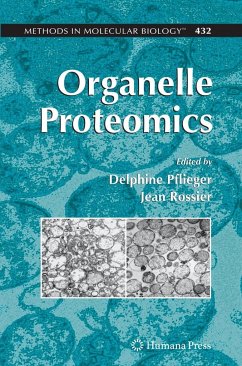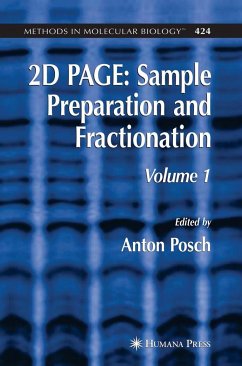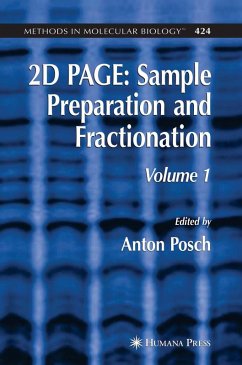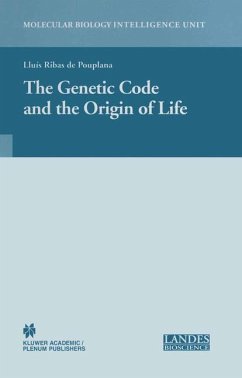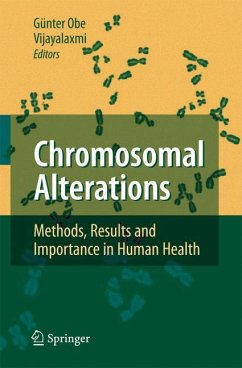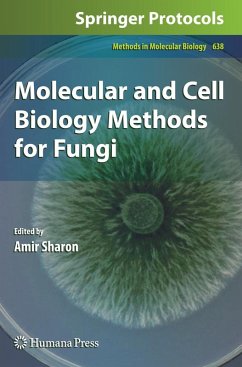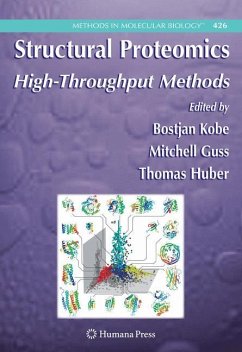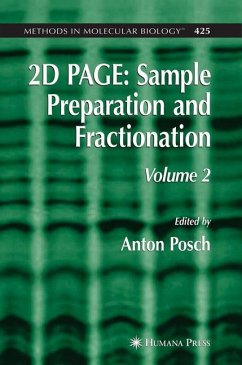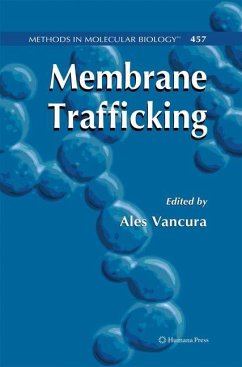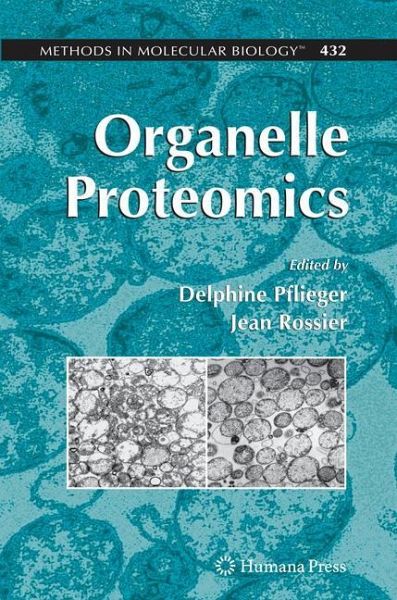
Organelle Proteomics

PAYBACK Punkte
38 °P sammeln!
This is the first book to examine organelle proteomics in depth.
It begins by introducing the different analytical strategies developed and successfully utilized to study organelle proteomes, and detailing the use of multidimensional liquid chromatography coupled to tandem mass spectrometry for peptide sample analysis. Detailed protocols are provided and a section is devoted to methods enabling a global estimate of the reliability of the protein list assigned to an organelle.
It begins by introducing the different analytical strategies developed and successfully utilized to study organelle proteomes, and detailing the use of multidimensional liquid chromatography coupled to tandem mass spectrometry for peptide sample analysis. Detailed protocols are provided and a section is devoted to methods enabling a global estimate of the reliability of the protein list assigned to an organelle.
Proteomic analyses have proven to be an invaluable tool in obtaining high-throughput protein identification from low-abundance, complex biological samples. In Organelle Proteomics, detailed protocols provide step-by-step instructions to successfully study organelle proteomes by performing the purification of the various organelles present in eukaryotic cells, as well as by preparing certain sub-fractions of organelles. A series of chapters cover the whole analytical procedure of organelle characterization, from its purification starting with whole cells up to protein identification using mass spectrometry. Devoted to methods enabling a global estimate of the reliability of the protein list assigned to an organelle, Organelle Proteomics allows scientists to gain a vital and important understanding of organelle study.





